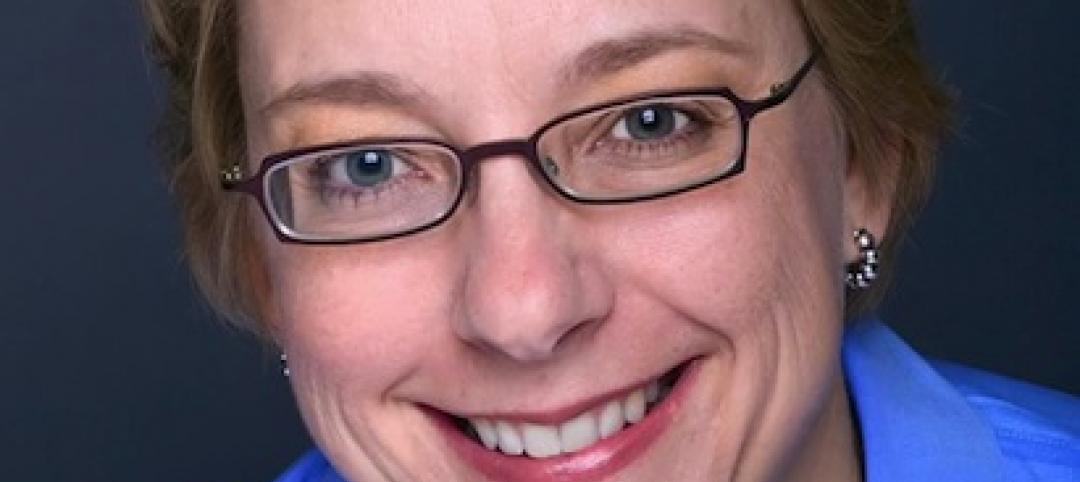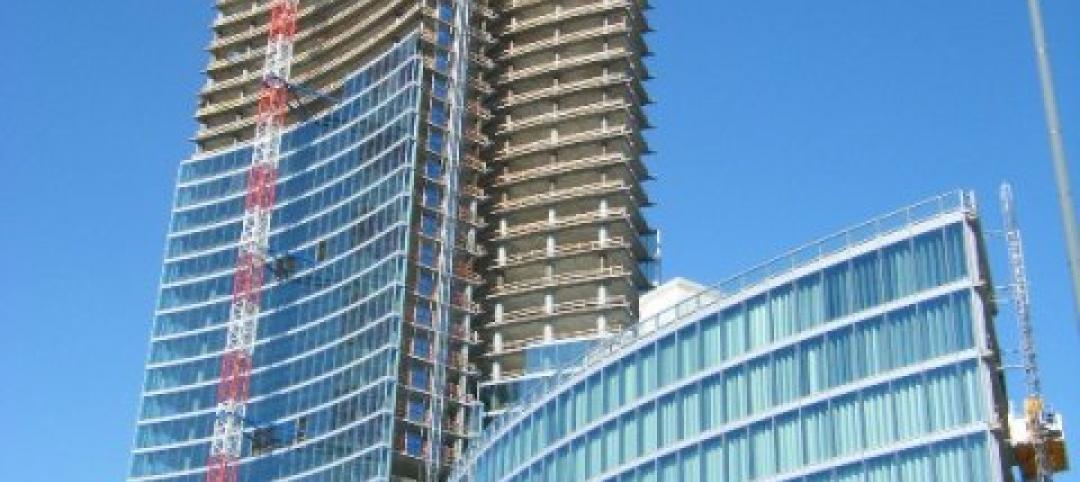When earthquakes occur, it is the older buildings that often collapse first because they are not engineered to resist powerful earthquake forces. Those newer buildings, however, that look structurally sound often sustain non-structural damage that, despite appearances, can become unusable. This is what happened last week in Christchurch, resulting in many buildings that can no longer be occupied.
Last week our firm sent in an investigative team of structural engineers to assess the damage to Christchurch. As engineers, what we found was quite shocking but not unexpected: 30-50% of buildings constructed of unreinforced masonry (URM) sustained severe damage or collapsed. By comparison, the total damage in Port-au-Prince, Haiti as a result of last year’s earthquake was less from a percentage standpoint than what was experienced in downtown Christchurch last week. Several older non-ductile concrete buildings (existing structures that fail in a brittle manner under the load of an earthquake) have also been severely damaged or collapsed.
These findings provide proof that countries and cities that do not have mandatory retrofit ordinances for hazardous buildings are exposed to tremendous risk – not only in New Zealand, but everywhere else in the world.
Our team also observed that many, newer buildings experienced significant non-structural damage, which is dangerous for building inhabitants and greatly impacts functionality and business continuity.
People in cities situated in areas of high earthquake risk may have a false sense of security because they do not fully understand the intent of most building codes and equate code compliance to mean earthquake-proof. In fact, even in advanced earthquake engineering countries such as New Zealand, the US and Japan, most building codes are minimum guidelines for “life safety” only and have often proven to be inadequate for building sustainability, and at times, survivability.
Buildings must be better designed for disasters. Mandatory URM and non-ductile concrete structure retrofit ordinances must be put in place to save lives. And high-performance earthquake engineering must be practiced for sustainability of new buildings so they can support continued functionality of cities after a disaster. This must be done worldwide.
Together with my team, I have spent the past 13 months in Haiti working with the Ministry of Public Works, the United Nations and the Pan American Development Foundation assisting Haitian engineers to assess the damage to 400,000 buildings and repair 2,000 damaged houses as a USAID pilot project. The tragedy has to be experienced to be understood. Hiroshima is one of the great disasters of the twentieth century and has a firm place in our historical imaginations. The bomb killed 200,000 people. Yet, in terms of the loss of human life, Haiti’s earthquake caused even greater loss – over 230,000 lives.
The unfortunate truth is that engineers have predicted major earthquakes in Christchurch and Port-au-Prince for years. Of course, we could not say when but we knew there was a high probability of another earthquake. Little was done by the respective governments or the private sector. How distressing to realize that with proper engineering, much of the loss of life, structural damage and financial loss could have been reduced significantly.
Today, we know enough about constructing seismic-resistant buildings that allow them to withstand large earthquakes, protect their inhabitants and allow businesses to continue functioning. That said, today’s earthquake damage repair technology has also advanced so that in the next 24 months 100,000 homes in Haiti can be repaired with local materials and masons so that they are safer than before and can be reoccupied by their inhabitants, allowing them to leave the terrible conditions in the tent cities.
Preparing for disasters is not difficult. Responsible governments, the private sector and residents must act on the knowledge that these events can be anticipated and preparations must be made for their eventual occurrence, thereby saving lives and minimizing damage.
Dr. Miyamoto is President and CEO of Miyamoto International, a global earthquake and structural engineering firm.
Related Stories
| Jan 29, 2013
Leigh Mires joins Thornton Tomasetti as chief learning officer
Thornton Tomasetti, the international engineering firm, announces that Leigh Mires has joined the firm in the newly created position of chief learning officer. Ms. Mires, who has more than 20 years of experience, is charged with advancing the firm’s organizational development and training initiatives. She will be based in the firm’s New York headquarters.
| Jan 16, 2013
2013 40 Under 40 application process now open
Building Design+Construction's 40 Under 40 is open to AEC professionals from around the globe.
| Jan 11, 2013
HMC Architects: In their own voices
See what HMC professionals say about their “Best AEC Firm to Work For”
| Jan 10, 2013
Guide predicts strongest, weakest AEC markets for 2013
2013 Guide to U.S. AEC markets touts apartments, natural gas, senior housing and transmission and distribution.
| Jan 3, 2013
Answered prayers
A bold renovation enables a small church to expand its mission on a grand scale.
| Jan 3, 2013
Top BIM/VDC articles of 2011-2012
A compendium of BD+Cs top building information modeling and virtual design + construction articles from 2011-12.
| Jan 3, 2013
8 trends shaping today’s senior housing
The ranks of those age 65 and older are swelling by the thousands every day. Is there an opportunity for your firm in the seniors housing market?
| Jan 2, 2013
Trends Report: New facilities enhance the quality of campus life
Colleges and universities are building state-of-the-art student unions, dining halls, and other non-academic buildings to enrich the campus experience, boost enrollment, and stay competitive.














